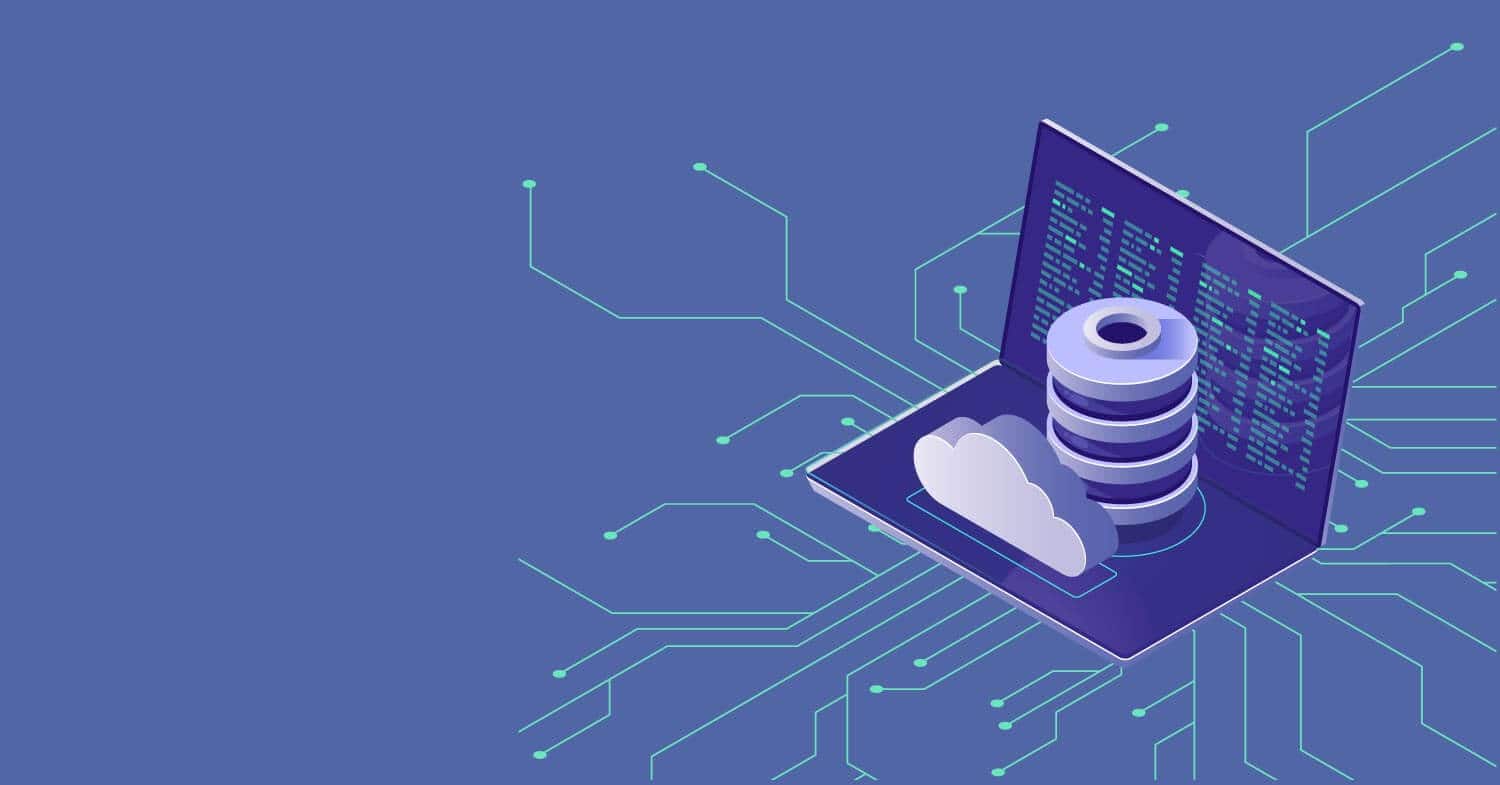Estimated reading time: 4 minutes
There are millions of sources of data out there and many databases aggregate that data to help people in a variety of industries perform the research they need to get the job done. However, many traditional databases only pull records from banking and credit header data. But what if you need information about someone who has no credit or banking history?
While traditional credit header data does encompass most American adults – there are a number of people, particularly young people, that do not use traditional banks or credit, whether intentionally or not. Credit header data can also be outdated, so even if a person does have a credit history, the information provided may no longer be relevant. If you’re looking to gather information on someone without any credit or banking history, use a public and private records search engine that provides alternative data.
What is alternative data?
Alternative data is information that is pulled from a variety of unique sources other than traditional credit headers. For example, alternative data can include utility data services, which provides customer information about anyone who has ever set up a utility. Alternative data provides you with information about people who are not in credit header databases, as well as with records that may be more accurate and up-to-date than data pulled from traditional sources.
Many industries can benefit from using alternative data services to gather information not found in traditional databases. Corporations and financial services can use alternative data providers to perform a full background investigation on people without any credit or banking history and build more comprehensive profiles on them. Investigators, law enforcement, and people working in recovery collection and the repo business can also use alternative data to skip trace people and get in contact with them. If you’re in any industry in which you need to gather data about people, specifically people without credit or banking history or whose credit data is outdated, you can use alternative data.
- Alternative data is data that is pulled from sources other than traditional financial sources, like banks and credit headers, and provides industries with information about people who may have no credit or banking activity.
- Because alternative data is pulled from newer sources, it may be more accurate and up-to-date than traditional credit header data.
- Any industry looking to gain more insight into a wider number of people than those that are found with traditional data can benefit from using alternative data.
What does alternative data solve?
In collections and repossession, alternative data enables you to skip trace people who do not want to be found by providing you with updated location information pulled from utility companies, and alerting you if someone turns on a utility in a new place. This is also useful to increase quality right-party contact because you can get up-to-date phone numbers and addresses from utility listings data, and cross-check the information you receive with other sources to be sure you’re using the right contact information to get in touch with those people and perform debt recovery.
Alternative data is also useful for corporations to build comprehensive profiles on employees, customers, and vendors, enabling you to perform better vendor and customer risk assessment and do your due diligence.
Alternative data can also work in conjunction with traditional credit header databases to provide a more complete picture of an individual. When you perform a search that pulls information from multiple data points, you can fill in missing holes and cross-check records to feel more confident that they’re accurate and up-to-date.
- Alternative data, like utility listings data, can help debt collectors skip trace and contact hard-to-find individuals because it is often more up-to-date than other data.
- Organizations that want to gain more insight into the people who interact with their business can use alternative data to build more robust profiles.
- To ensure that the information you’ve gathered is complete and accurate, you can cross-check the data across both traditional credit headers and alternative sources.
How can I start accessing alternative data?
Only the best data providers offer access to new unbanked and alternative data sources. To start using alternative data, make sure you’re using a public and private records database like Tracers.
With utility listings data, Tracers provides information on 35 million more consumers that you can’t reach with traditional credit header databases. Tracers aggregates both new, alternative data and traditional credit header history into one single person record, allowing you to build an accurate and updated profile on 99% of adults in the US.
Ready to see how alternative data services can help you? Try searching with Tracers today.


1 thought on “What is Alternative Data?”
Comments are closed.